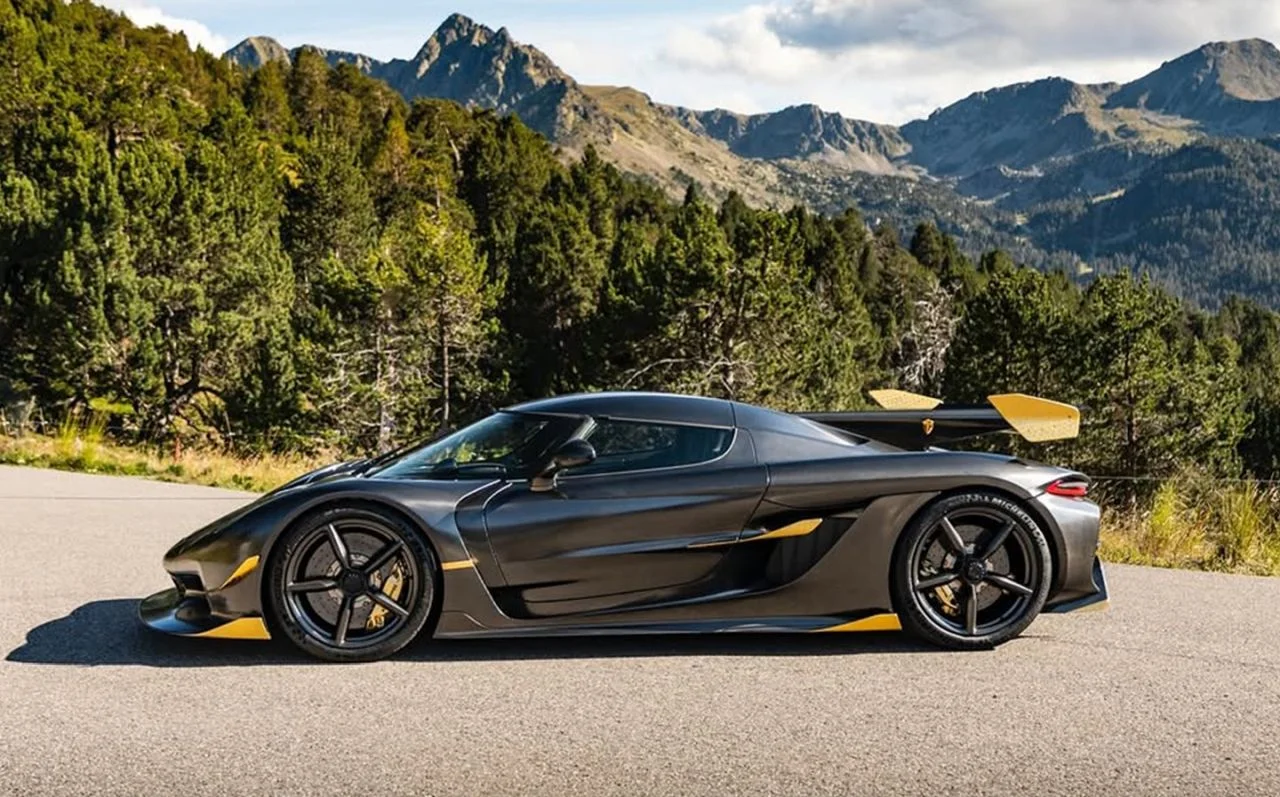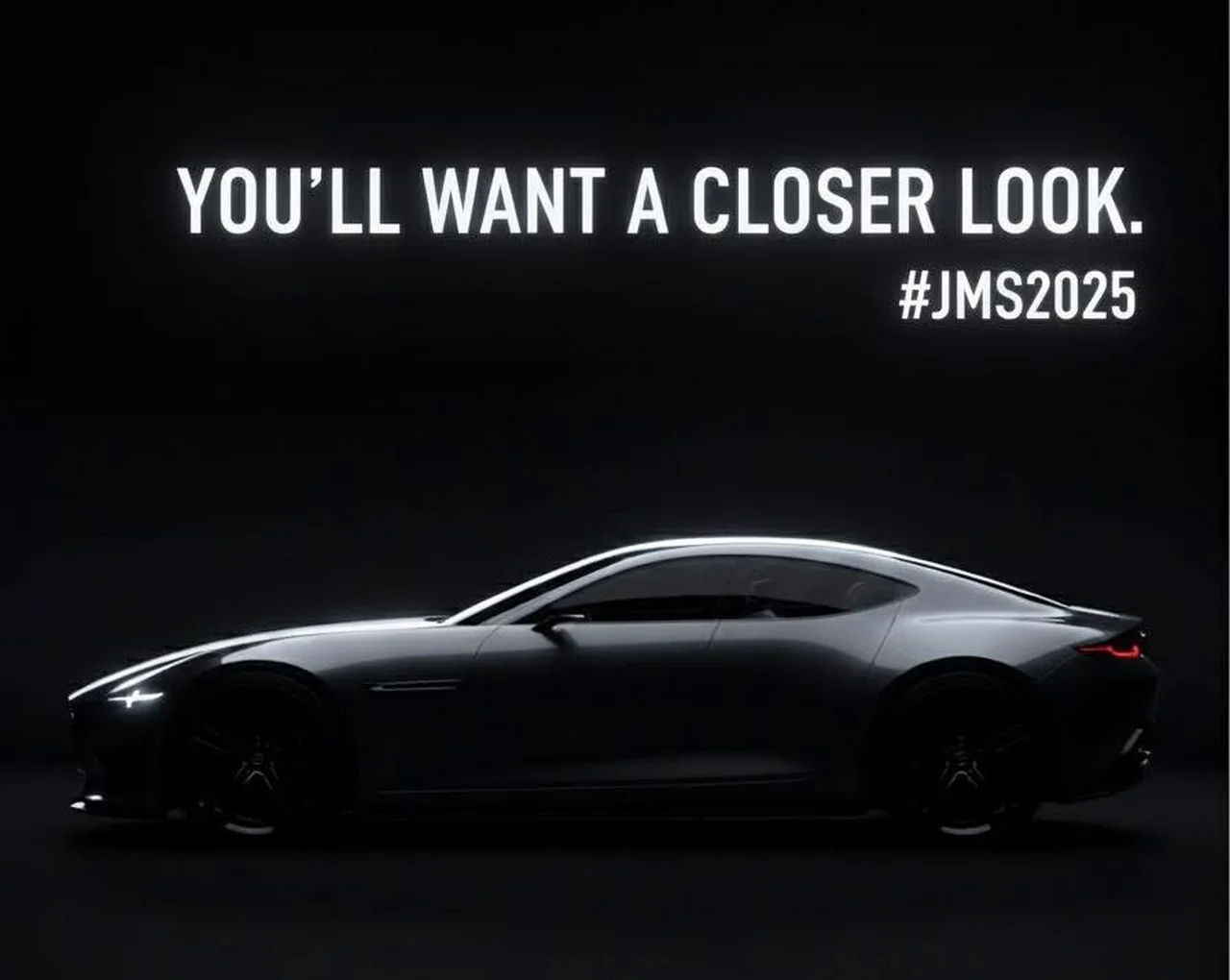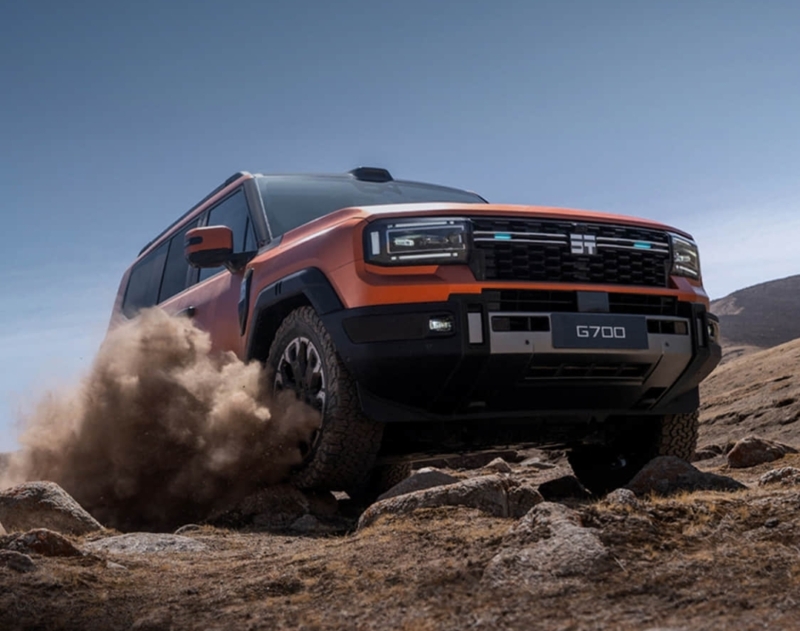Tesla Ramps Up Production of New Model Y at Giga Texas
Reports on manufacturing, labor and earnings with clear, practical context. Drives a Tesla Model 3 RWD; family hauler is a Volvo XC60.
In a bold move to cement its leadership in the electric vehicle market, Tesla has accelerated production of its newly launched Model Y Standard at the Gigafactory in Texas. This development comes shortly after the vehicle's announcement on October 7, marking a significant shift in Tesla's strategic production capabilities.
The Gigafactory in Austin, Texas, is buzzing with activity as Tesla ramps up production of its 'new' Model Y Standard. Just over a week since its announcement, the factory is churning out significant numbers of these vehicles, as evidenced by recent drone footage captured by Joe Tegtmeyer, a drone operator and plant observer. This surge in production is part of Tesla's strategy to introduce more affordable models to the market, with the Model Y Standard priced under $40,000. While some critics have questioned the affordability of these models, the swift production pace indicates Tesla's commitment to making electric vehicles more accessible.
The introduction of these new models comes in the wake of Tesla losing the $7,500 EV tax credit, a factor that has significantly impacted many electric vehicle manufacturers. Unlike its competitors, Tesla appears to be weathering the storm of subsidy reductions better than expected. While automotive giants like General Motors and Ford are scaling back their EV ambitions due to financial constraints, Tesla continues to push forward with plans that align with its growth objectives. This resilience could be attributed to Tesla's multi-faceted identity as not only a car manufacturer but also a leader in AI and robotics.
Tesla's future roadmap includes a variety of vehicles that are set to hit the market in the coming years. The much-anticipated Cybertruck is undergoing final preparations, including crash tests and operational assessments, and has been frequently spotted at the Fremont Factory. This signals that production could commence as early as next year. The company is leveraging its ability to innovate rapidly and adapt to changing market conditions, ensuring that it remains at the forefront of the electric vehicle industry.
Internationally, Tesla faces challenges and opportunities. In Norway, a country with one of the highest concentrations of EVs, government subsidies are set to be phased out. Norway's Finance Minister Jens Stoltenberg announced plans to remove benefits for EV purchasers, citing that the country has achieved its goal of making all new car sales electric by 2025. This policy change could impact Tesla's market dynamics in Norway, where the Model Y has been leading sales. The removal of incentives like VAT reductions and toll fee exemptions could alter consumer behavior, potentially affecting Tesla's sales strategy in the region.
Elon Musk has long argued against reliance on subsidies, asserting that Tesla would ultimately thrive without them. As other manufacturers grapple with the loss of the $7,500 U.S. tax credit, Tesla appears poised to benefit. Musk has been vocal about the need for EVs to succeed based on their merits rather than governmental support. With Tesla's market share remaining robust despite increased competition, the company reported its most successful quarter ever, with nearly half a million deliveries. This suggests that Tesla's focus on technology and innovation is paying off.
While Tesla continues to expand its production capabilities and innovate, the challenge of charging infrastructure remains. For Tesla owners without home charging options, reliance on Superchargers has proven efficient and cost-effective. With strategic use of off-peak rates and alternative charging solutions, owners are finding ways to maintain convenience and cost savings. Tesla’s focus on expanding its charging network and developing new technologies could further enhance the ownership experience, ensuring that the transition to electric vehicles remains appealing to a broad audience.
About Priya Nair
Reports on manufacturing, labor and earnings with clear, practical context. Drives a Tesla Model 3 RWD; family hauler is a Volvo XC60.



